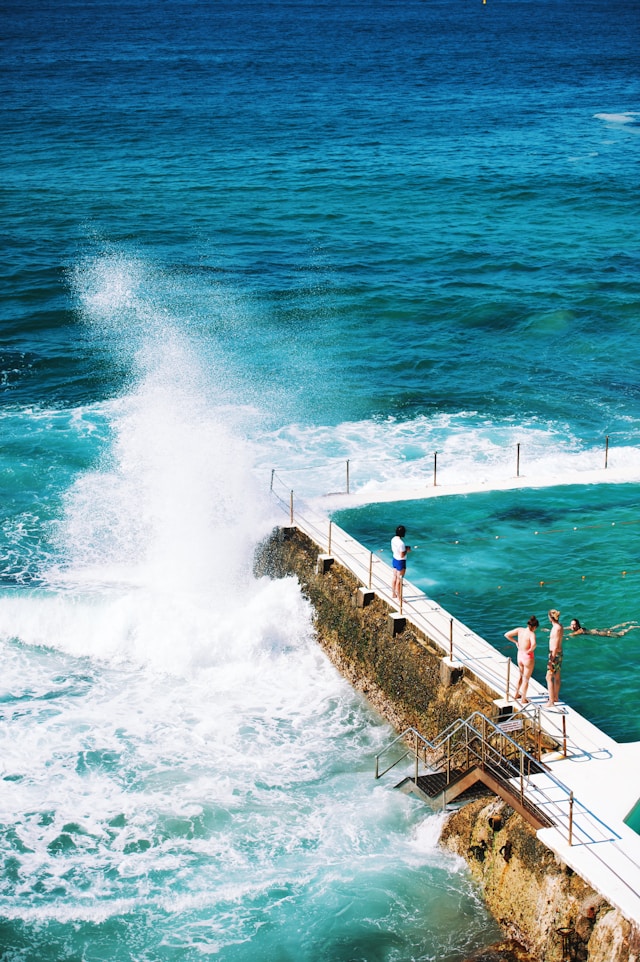Beaches are synonymous with relaxation, recreation, and natural beauty. However, they are also dynamic environments that require thoughtful management to balance human enjoyment with environmental preservation. One of the key tools in achieving this balance is northern beaches fencing. While often overlooked, beach fencing plays a crucial role in protecting coastal ecosystems, enhancing beach stability, and improving the safety and experience of beachgoers. This article explores the significance of beach fencing, examining its various types, benefits, and the role it plays in maintaining the delicate equilibrium of coastal areas.
Beach fencing is not a one-size-fits-all solution but rather a diverse set of strategies and structures designed to serve different purposes. At its core, beach fencing involves the installation of barriers or enclosures along the coastline. These can range from simple wooden slat fences to more sophisticated mesh or netting systems. The primary functions of beach fencing include controlling human access, preventing sand erosion, and protecting sensitive dune ecosystems.

One of the most critical roles of beach fencing is in erosion control and dune stabilization. Coastal dunes are natural barriers that protect inland areas from storm surges and high waves. However, these dunes are highly susceptible to erosion, especially in areas with heavy foot traffic. When people walk over dunes, they disrupt the vegetation that holds the sand in place, leading to increased erosion and the eventual loss of the dune structure.
Beach fencing helps mitigate this issue by directing foot traffic away from sensitive dune areas, allowing vegetation to recover and stabilizing the sand. Fences trap wind-blown sand, encouraging the formation of new dunes and the growth of vegetation. Over time, this process strengthens the natural barrier against coastal erosion, preserving the integrity of the beach and protecting inland areas.
Coastal ecosystems are rich in biodiversity, and home to various plants, animals, and microorganisms. However, these ecosystems are fragile and can be easily disrupted by human activity. Beach fencing serves as a protective measure to safeguard these habitats. By restricting access to certain areas, fencing helps prevent trampling of vegetation, disturbance of wildlife, and degradation of habitats.In particular, nesting sites for shorebirds and sea turtles benefit significantly from beach fencing. These species often nest in sandy areas close to the water, making them vulnerable to human interference and predation. Fencing can create safe zones where these animals can nest and raise their young without disturbance, contributing to the conservation of endangered and threatened species.

Beach fencing also plays a vital role in enhancing the safety and experience of beachgoers. By clearly delineating areas for different activities, such as swimming, surfing, and picnicking, fencing helps reduce conflicts and accidents. It provides a visual guide that helps people navigate the beach more safely, particularly in areas with strong currents or unstable sand.
Additionally, beach fencing can help manage crowds and maintain the cleanliness of the beach. By directing foot traffic and creating designated entry and exit points, fencing reduces the likelihood of littering and damage to the environment. This not only preserves the natural beauty of the beach but also ensures a more pleasant experience for visitors.Various types of beach fencing are employed depending on the specific needs and characteristics of the coastal area. Some common types includeSand Fencing,made from wooden slats or synthetic materials, sand fencing is designed to trap sand and promote dune formation. It is often used in areas with high wind and sand movement.





